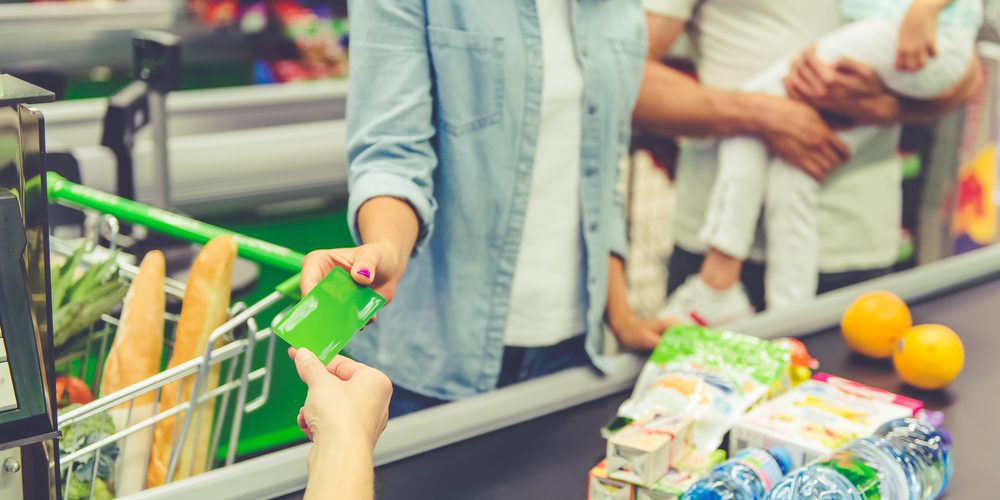1. Religious or Community Organizations
If you’re hungry right now and are in dire need of food assistance, religious or community organizations may be your quickest solution.
You can find them by doing an online search that corresponds to your city. Calling 211 may connect you with a professional who can point you in the right direction as far as community organizations are concerned.
While 211 can help with food assistance, it’s a number worth remembering for other needs as well, as they specialize in helping people with disaster assistance, essential needs, and more.
2. The USDA National Hunger Hotline
Besides religious and community organizations, calling 866-3-HUNGRY is another option for getting immediate food aid. It’s the number for the USDA National Hunger Hotline, and they’re there to take your call Monday through Friday between 7 am and 10 pm Eastern time.
3. Local News
Your local news program may broadcast when new food distribution sites are announced. An even better way to find this information is through your news channel’s Facebook page or website. Check your local newspaper as well, as it may offer details on where food is being distributed too.
This is something you may want to do daily until your situation gets settled. Demand for food assistance programs is currently through the roof, and opportunities are constantly appearing.
There have been many instances across the country where lines outside of distribution sites have been very long. By being informed and getting there early, you greatly increase your chances of getting served.
4. The Food Assistance Page on USA.gov
USA.gov is an official website of the U.S. government that can connect you with assistance programs across several departments. Visit its food assistance page, and you’ll find plenty of links to programs that can help you not only now, but also well into the future.
5. Food Stamps
Formally called the Supplemental Nutrition Assistance Program (SNAP), this food stamp program helps people who are struggling to feed their families. SNAP has its requirements, but many of them have been changed to make it easier for people to get food assistance during the coronavirus outbreak.
Here are some ways in which getting SNAP benefits has recently become less difficult:
- You no longer have to enroll in person, as remote applications are being accepted.
- You can pick up school meals for your children without having them present.
- You can receive expanded funding than before to purchase more groceries.
You can learn more about your state’s SNAP benefits and how to get them by going here.
You can also visit Benefits.gov to find links to your local SNAP program and other options, such as the Special Supplemental Nutrition Program for Women, Infants, and Children (WIC).
6. Social Services
If the other resources in this list don’t suffice, you can ask your state’s social services agency for help with finding COVID-19 food assistance.




